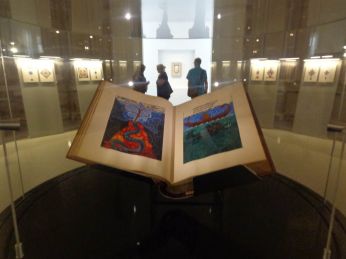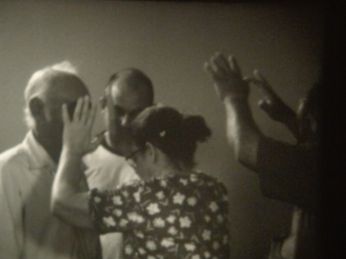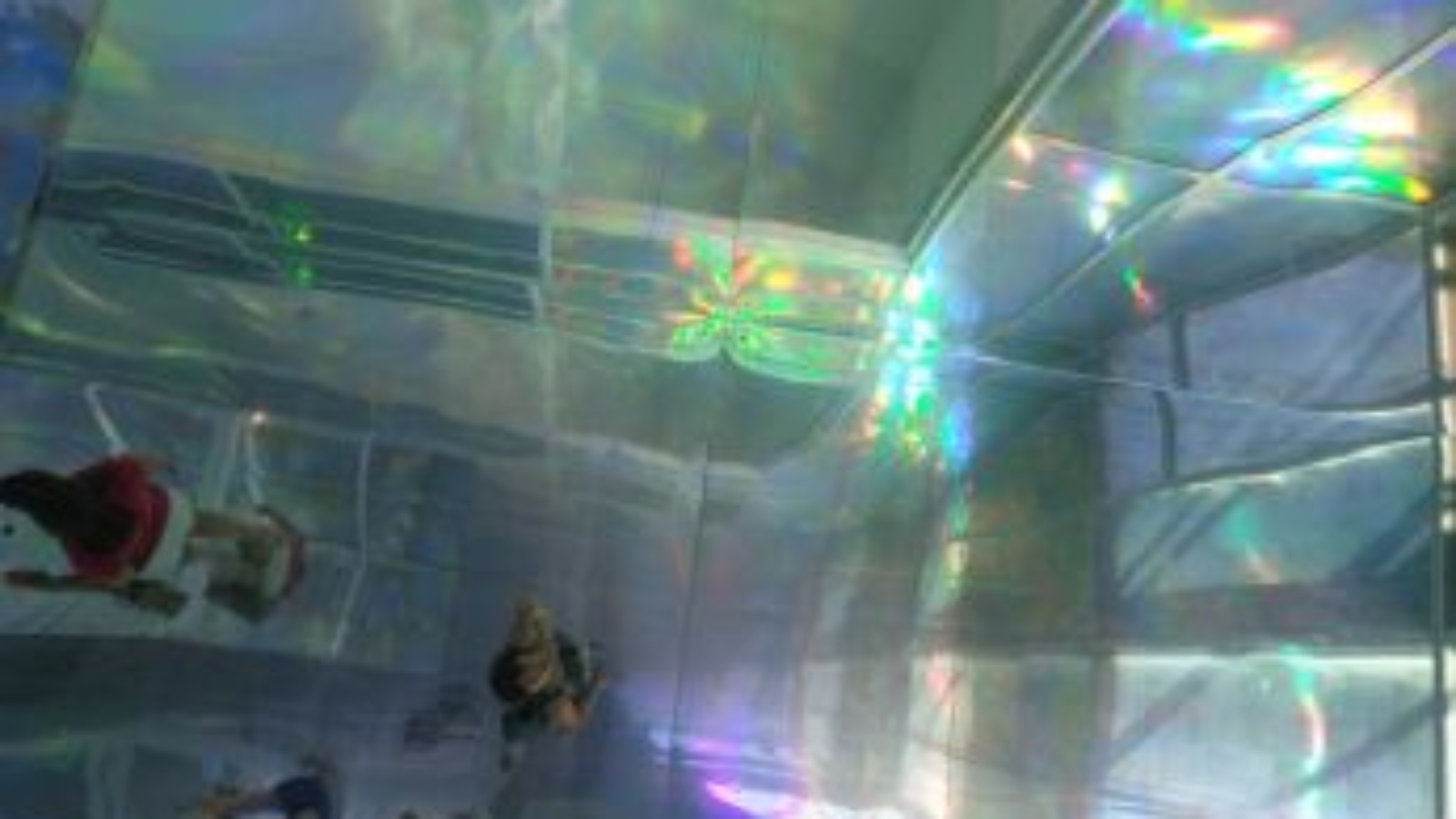
Two major biennial, the one from Venice in 2013, and the Sao Paulo Biennial in 2014, put in scene works with concepts that make the viewer reflect on spirituality and religion.
The Light of the World will be the theme of the International Biennial of Curitiba in 2015. Coincidence? Certainly not.
It is the critical vision of a time of contrasts in which man is deconstructed by consumption and individuality and in the same measure, seeks to understand the reason for its existence. That was the general curator of the Venice Biennale of 2013, proposed by the Italian Massimiliano Gioni. The idea was to go ahead on the question, much more than gather artists with their creative impulses, he said.
To Gioni was more important to ask at that time “which is the world of artists?”.
With this focus was inspired by the dream of the American Marino Auriti, of creating a place where could gather the knowledge of the world. With this premise, the Encyclopedic Palace – opened space to show the Red Book, by Carl Gustav Jung, the Swiss psychoanalyst who tried to unravel the mysteries of the mind and created the concept of the collective unconscious.

From this curatorship was possible to show the 16mm film “The Family of Captain Gervasio”, by Brazilian artist Tamar Guimaraes and the Dutch Kasper Akhoj in the Italian international event. The most remarkable in this case is that the work was presented in Venice in 2013, and this year in Sao Paulo Biennial, 2014, whose theme was How …. (..) Things that do not exist.
From the curatorial proposal was much easier talk about things that exist, but society pretends that does not exist, especially when it is about Captain Gervasio Family. The film registers healing sessions conducted by spirit mediums in Minas Gerais. Tamar, who researches and documents the life and work of Chico Xavier, was able to open once more paths to expose his work. See more http://31bienal.falacultura.com/work/a-familia-do-capitao-gervasio.

Curitiba
Teixeira Coelho, curator of Curitiba Biennial, wants the capital of Paraná emanates light for two months through art. Coelho proposes that the artist, above all, raise awareness in their works the experience of calm beauty, the serene grandeur. “The light of beauty, the very beauty light (as in the stars), is the light that emanates from all parts of the world – a light you can trust. And a light that asks more light, as maybe Goethe wanted in his last words”.
Critical look
All these exciting themes were inserted into the art universe because it represents the contemporaneity of the world. “Not only show creative impulses, especially go further, as the Italian Gioni said. Neither talk about issues that hypocritical society pretends that do not exist, as proposed by the Biennial of São Paulo. Despite this, the visionary healers did not reach the totality of artists adhering to these deep arguments. Art could not even today transform society, although it has provoked the viewer.
“The artist maintains close ties with his time and art crosses history and presents itself virgin to new interpretations”, says Cristina Couto, in the book Questions of art – Moderna publisher.
However, we live in a time where art production is also disposable, with installations and other conceptual artistic creations that did not remain to perpetuate the memory of humanity. For all that, the physical conection, palpable, observed with naked eyes, must pass to another dimension beyond matter, in which the light and spirit has eternal space in the universe and in people’s heart.


Add a Comment